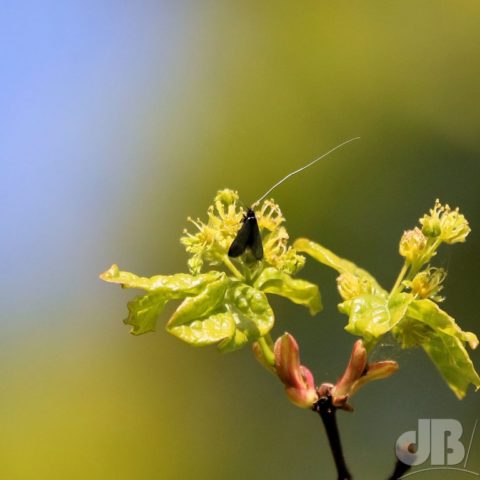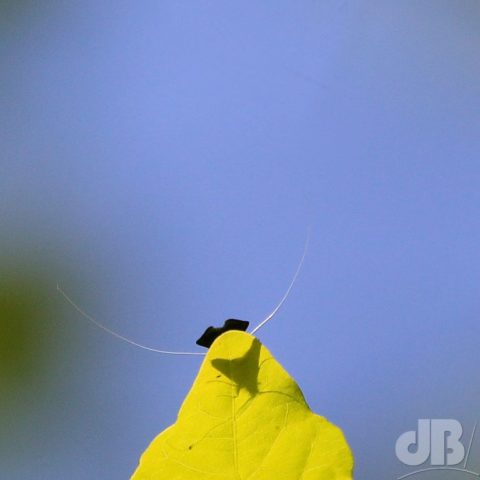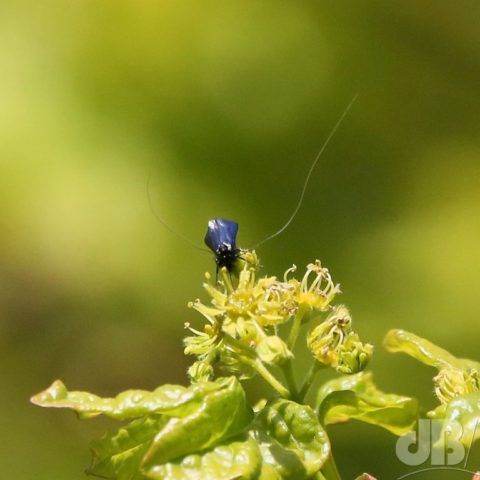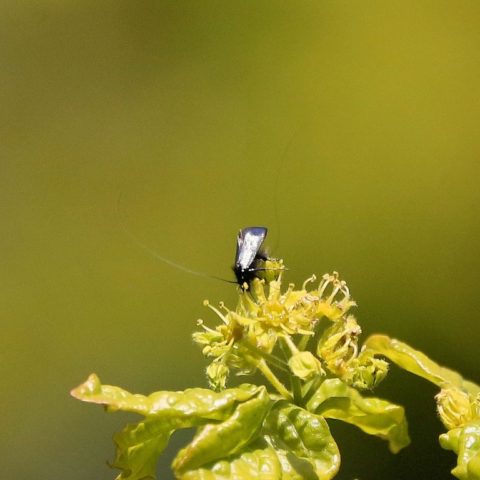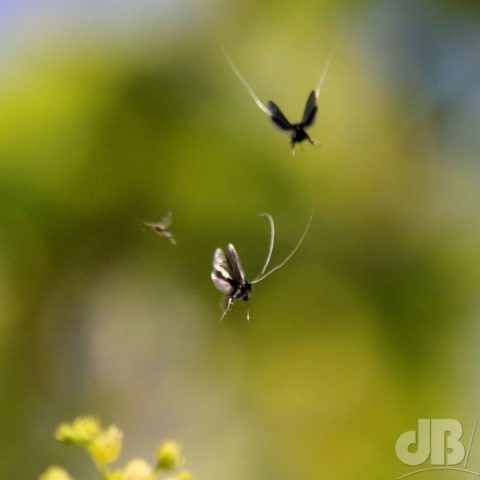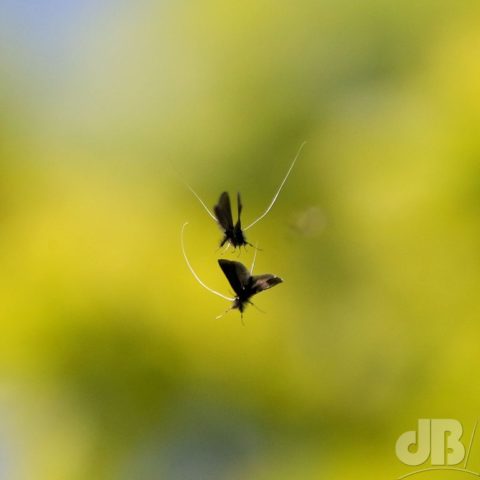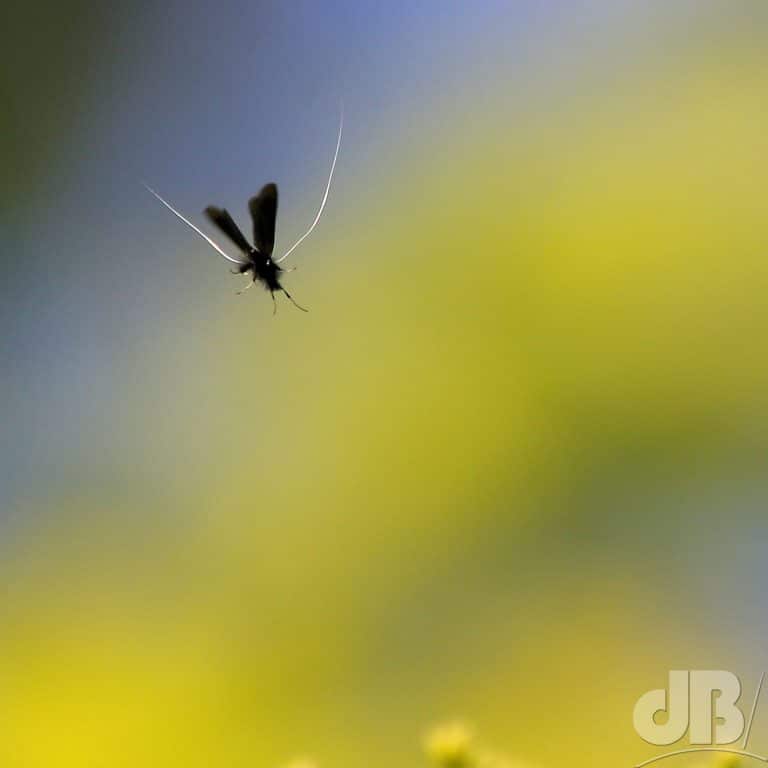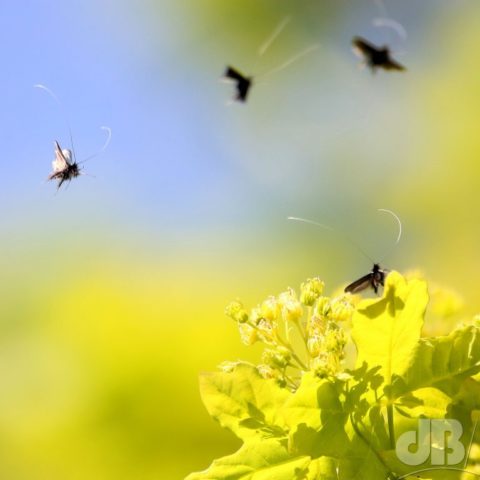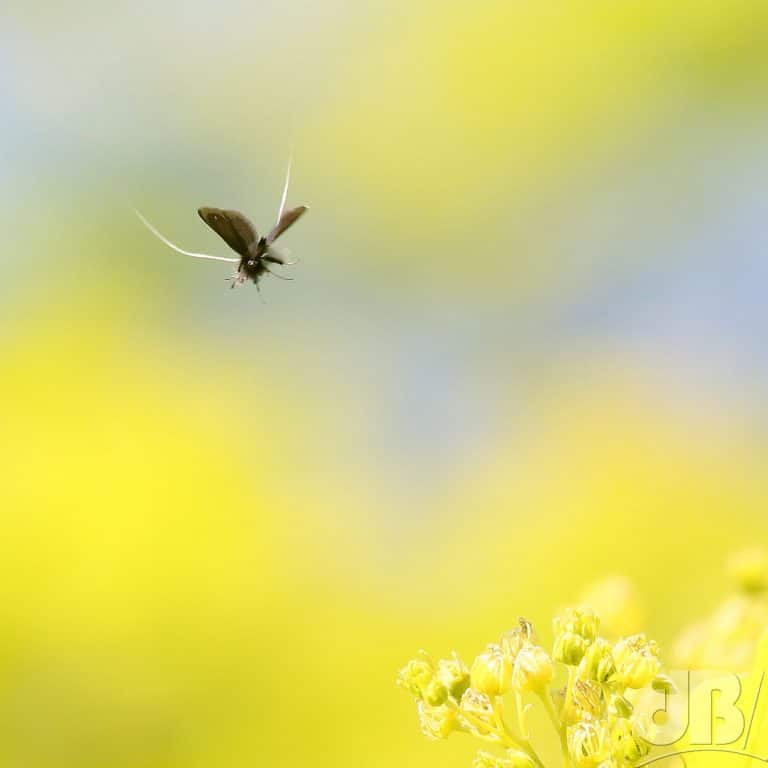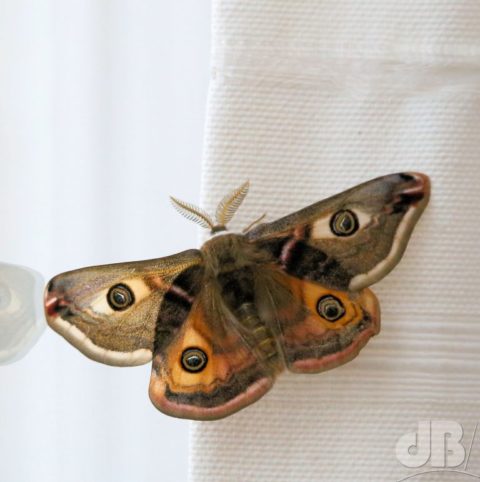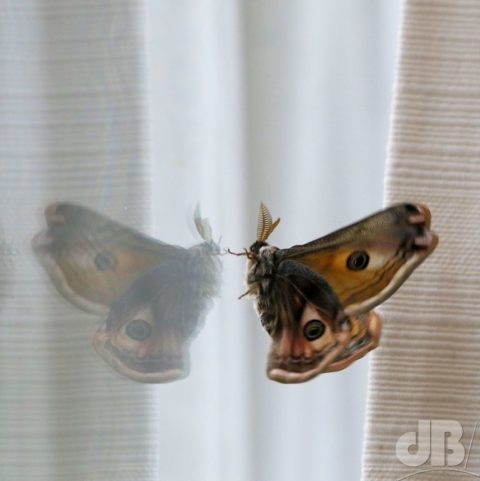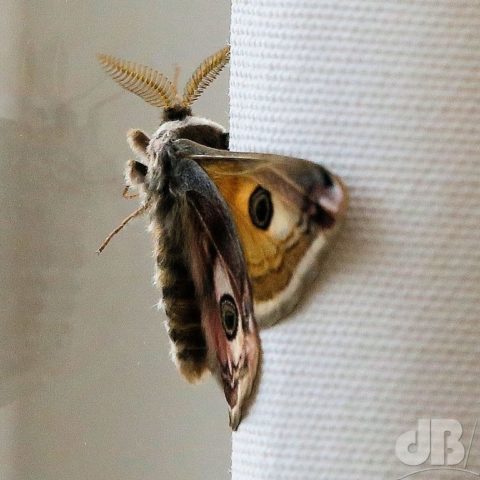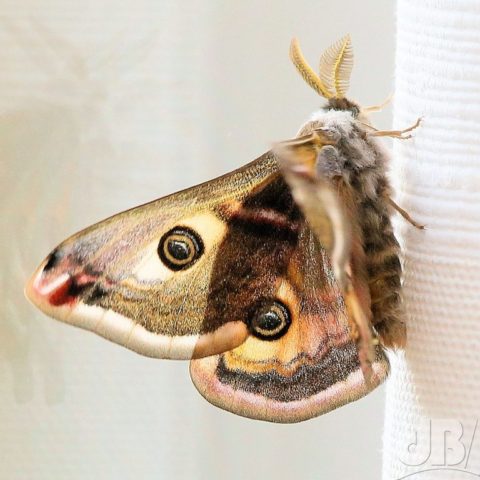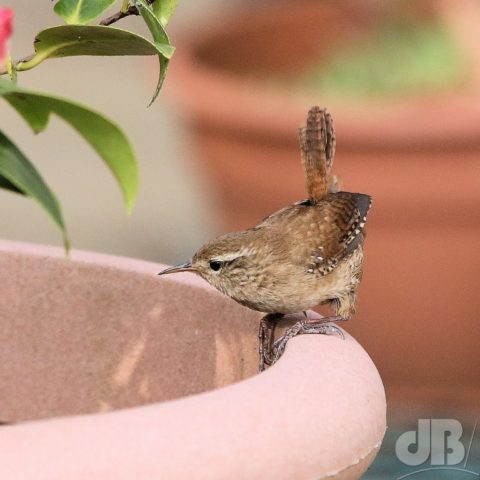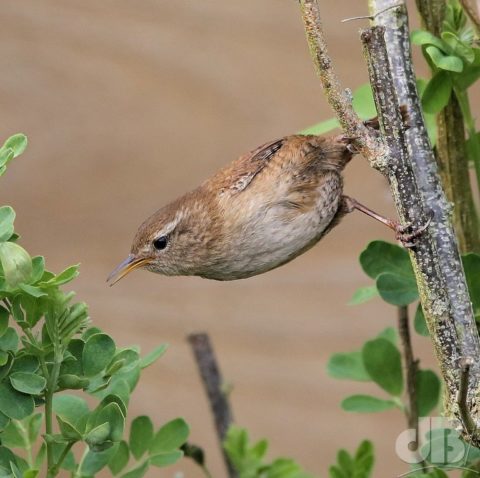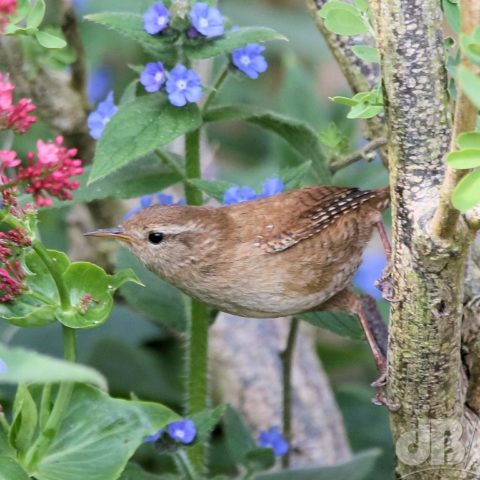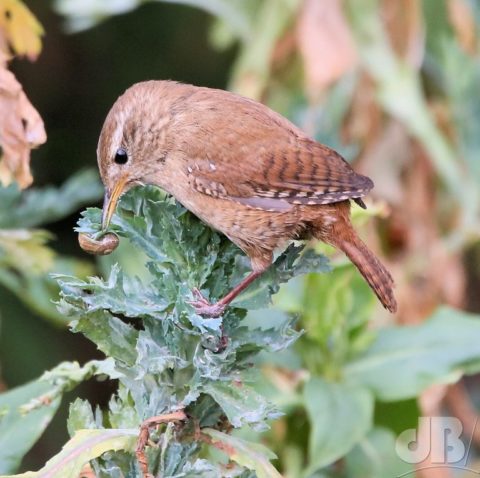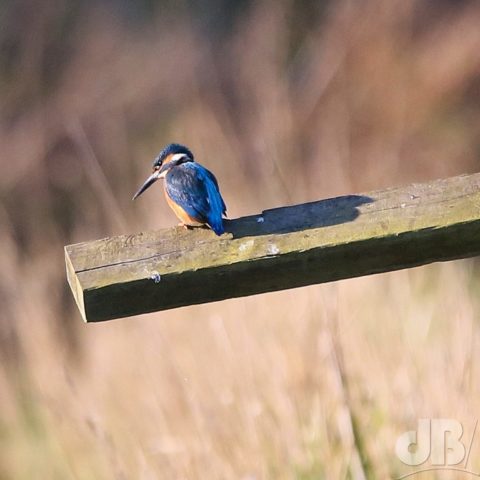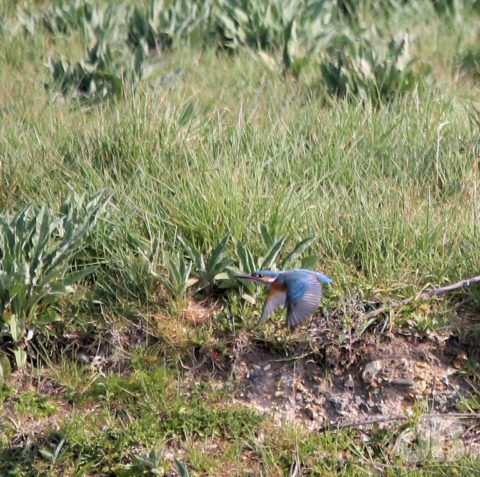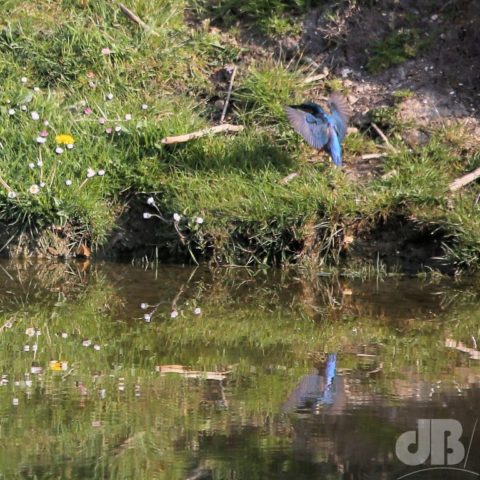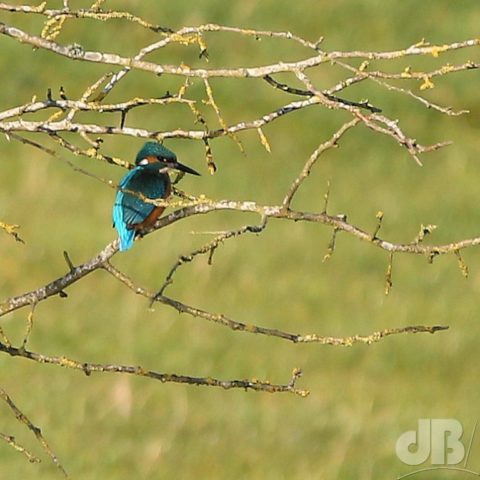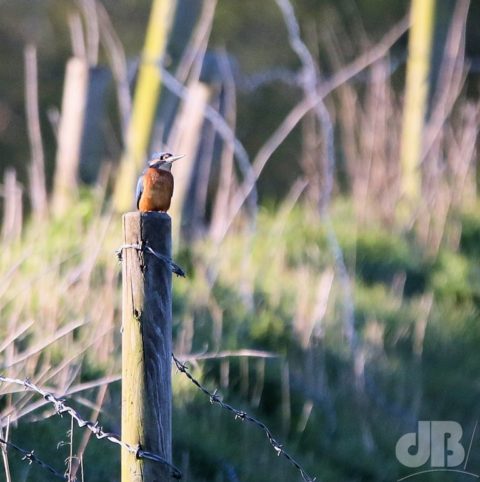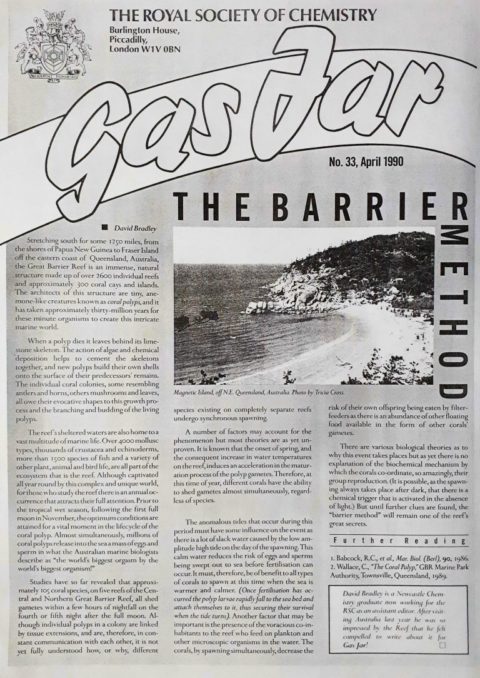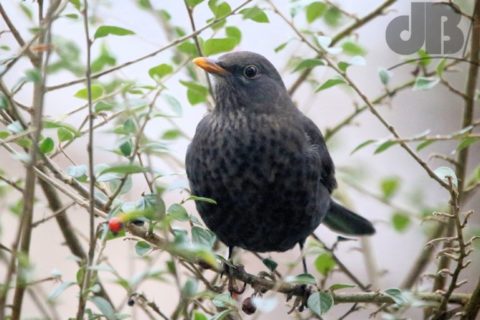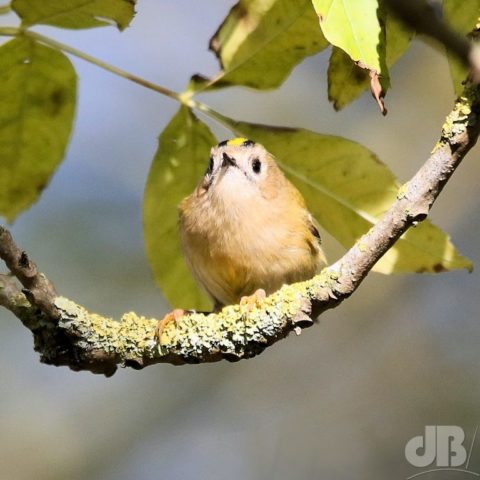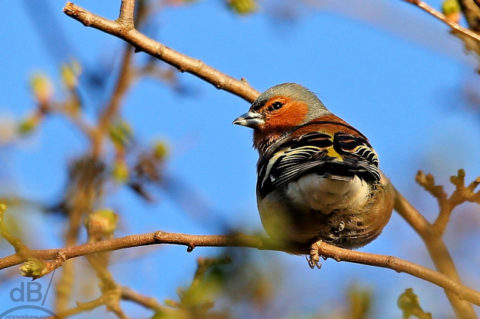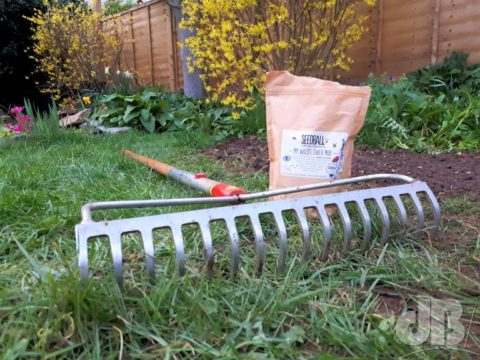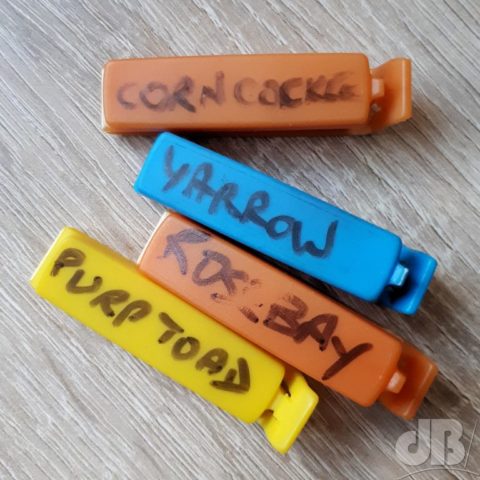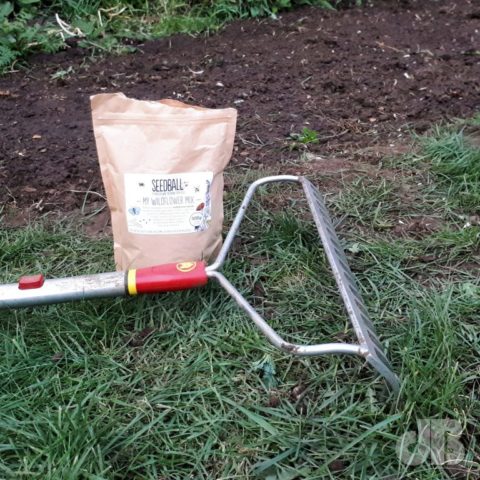UPDATE: 20:45, same day – The National Trust has issued a new statement just hours after I posted this, no longer allowing access to their land other than the public places they manage.
UPDATE: March 2020. Oh, the irony. I wrote this article for our village newsletter long before the Covid-19 pandemic had arisen. Since then, so much has changed and so many places are shut down. The countryside is still open, of course.
So, if you’re not self-isolating, you’re not in a vulnerable group, and you’re practicing social distancing, there are still plenty of places to visit to see the wildlife. The very wildlife that is entirely unaware of humanity’s woes and may benefit in some way from falling pollution levels through lower numbers of flights and other activities.
Anyway, on with the original newsletter report:
I occasionally mention sightings of interesting bird species from places other than in and around Cottenham itself. It is possible, nay probable, that some readers might not know about other patches they might visit that are just a short hop from the village. Most, I’d admit are not within a short walk, but some are accessible by bicycle and certainly by car. I’ll leave readers to plot their own route and decide on their means of transport if they fancy visiting.
Among the more well-known spots is the National Trust’s Wicken Fen, which is always worth a visit, although it can get busy, which means less chance of seeing birds closeup. They usually have a noticeboard listing sightings, but I think that’s their overall tick-list and chances of seeing a range of species will depend on time of day, time of year, and the weather. There are commonly marsh harriers quartering over the parts farthest from the visitor centre, as well as some hen harriers. But, your mileage will vary.
You will be almost certain to see a buzzard or a kestrel, but they’re quite common over much of our local countryside. In the summer months you might catch sight of a hobby catching and eating dragonflies on the wing. Hobbies are a falcon that resembles the peregrine and the kestrel but sits, in size between the two, it’s a summer visitor. There are lots of Reed Buntings at the Fen and in the summer, you’ll likely see and hear various warblers, including reed warbler, sedge warbler, white throat, and others.
Head out beyond Wicken itself to Adventurer’s Fen and Burwell and Tubney Fens. If you want to see the short-eared owls that have taken to Burwell Fen and mentioned in my previous report, you will probably have to wait until next winter when they come back from their far-north breeding grounds. But, you will see barn owls anywhere around these fens at dusk on a good day. Oh, and on your way back don’t forget Kingfisher Bridge Nature Reserve, which has some interesting species as well as a couple of constructed nesting sites to attract sand martins.
There are plenty of fens around and plenty of lakes, commonly ex-gravel pits that play host to quite a range of species, with the odd rarity turning up every now and then. Check the lakes and land of RSPB Ouse Fen (coming from either the Needingworth or Over entrances) and if you’re keen-eyed you will almost undoubtedly see any of the above depending, again, depending on conditions and time of year. There are often snipe and green sandpipers to be spotted at the Reedbed Trail side of the reserve (Over) and a couple of pockets of bearded reedlings (formerly known as bearded tits). That species is quite shy and does not like the wind much, but if you hear a pinging type call from the reeds watch out for this unique species darting about, the males sporting their black sideburns on a grey face.
Great white egret, little egret, and grey heron frequent this area too and you might hear booming bitterns in the mating season or if you’re lucky spot one taking a short flight between nestling areas of the reedbeds. As mentioned in an earlier report, occasionally cranes will fly high over this, and other reserves, and in the summer months on a hot day replete with lots of dragonflies you might see half a dozen, if not more, hobbies.
On the Needingworth side and other areas waders, gulls, terns (in the summer, including black terns) are all keen on the feeding here. At the time of writing there were numerous smew on one lake as well as a plethora of more common waterfowl such as tufted duck and wigeon. Cormorants are frequent flyers here too and you will often see them on the water’s edge perched and drying off their wet wings in the classic pose of this sooty species.
So, where else might you visit for a bit of bird watching? RSPB Fen Drayton (which we used to known as Swavesey Lakes) has a similar profile to Ouse Fen but often has good-sized starling murmurations on winter dusks. NT Anglesey Abbey and Wimpole Hall are perhaps less for bird watching than tree and flower watching, but there are woodpeckers, treecreepers, hawfinches (sometimes at Wimpole), nuthatches, and the usual range of what we might call “garden birds” to see there, but in a more natural habitat than the garden. Milton Country Park at quiet times is also as good a place as any for a quick avian detour It has plenty of different types of gull and several kingfishers, which you might see darting back and forth across a lake to a central island. Rarities do turn up, such dunlins, goosander, some of the more obscure warblers, and others.
As I’ve hopefully helped you note in previous reports you don’t have to go far from your home in Cottenham to see any of dozens of species of bird. Check the back issues for more info on local warblers, owls, cranes, raptors, garden birds, and more.
